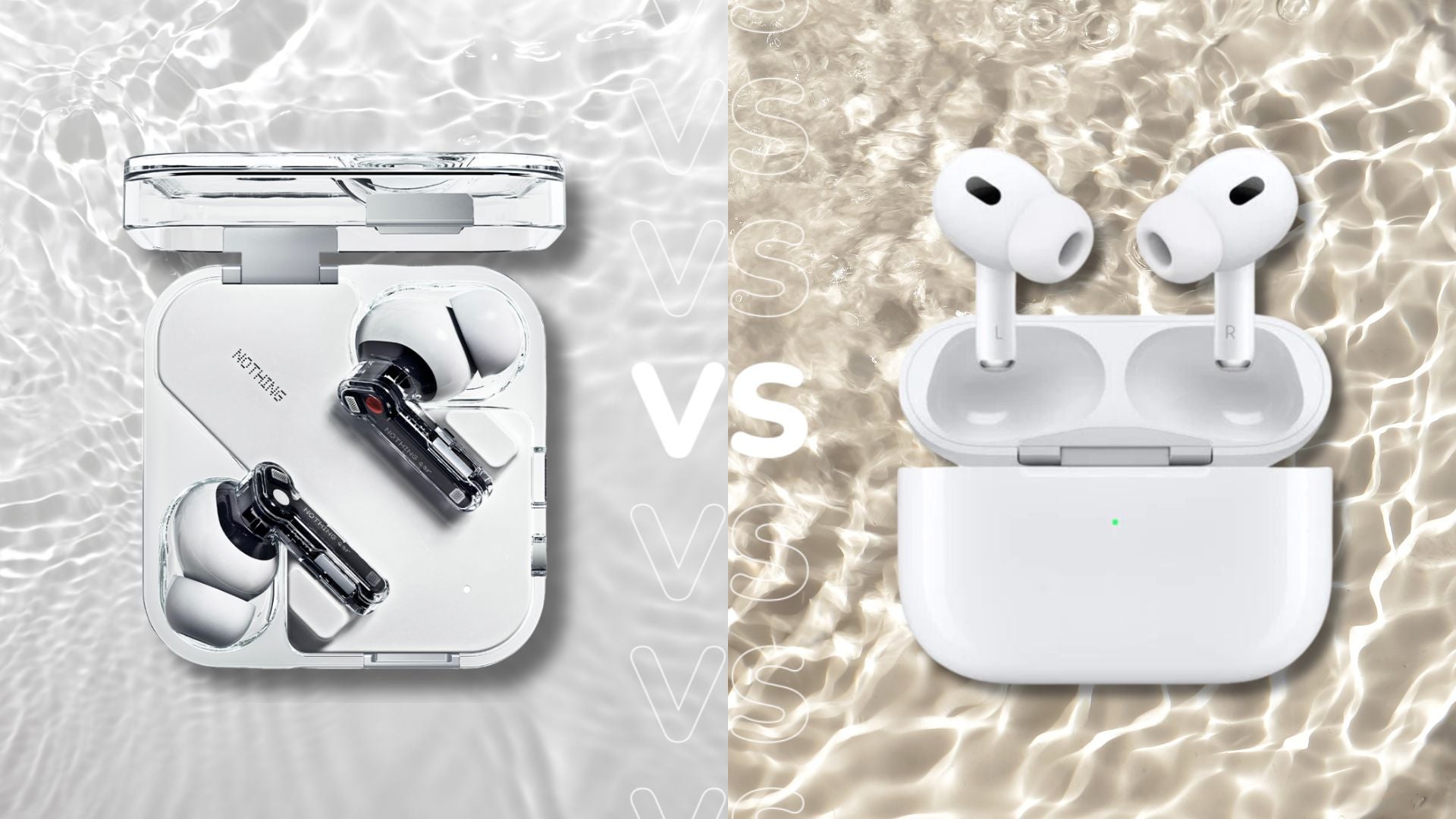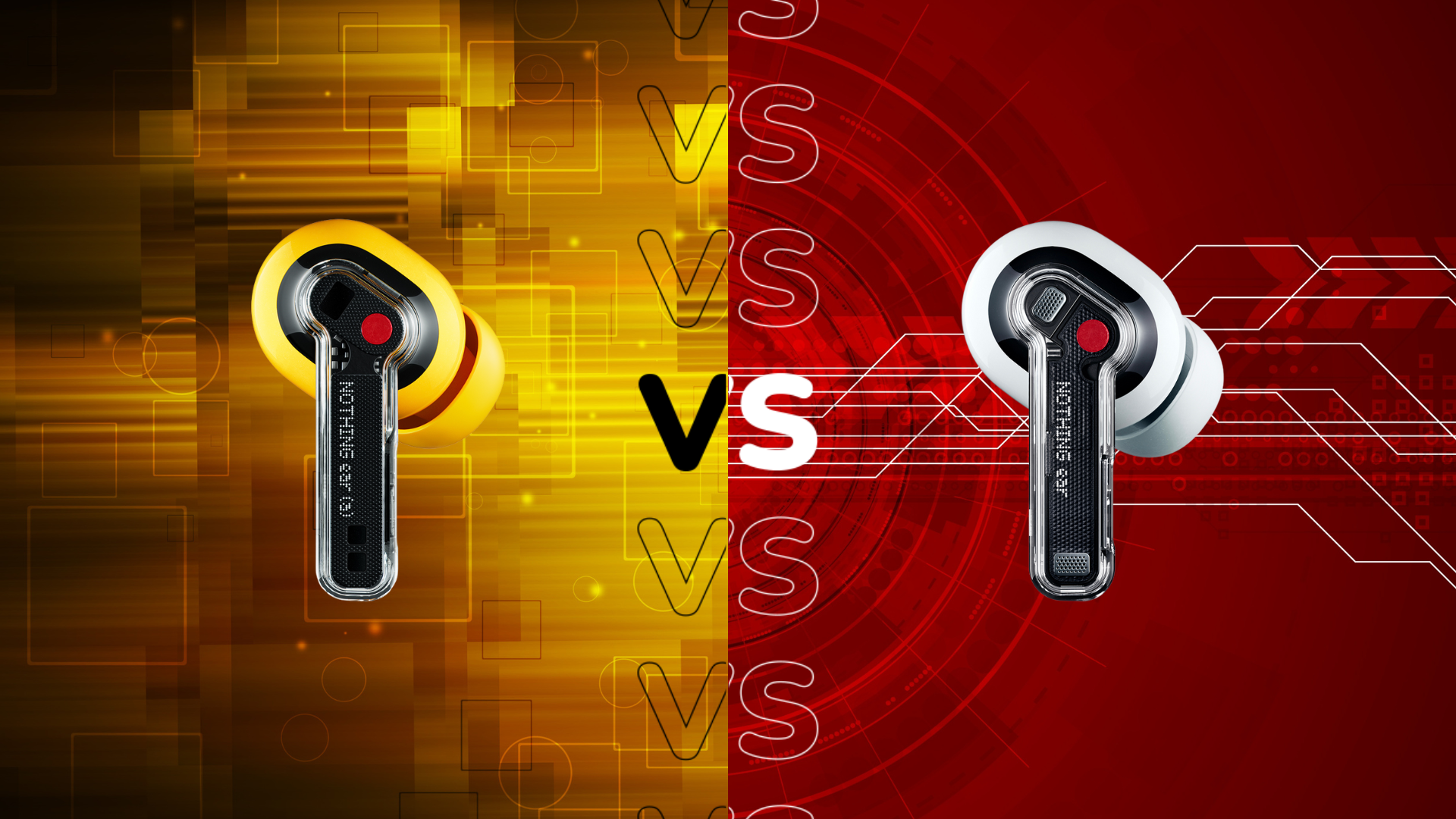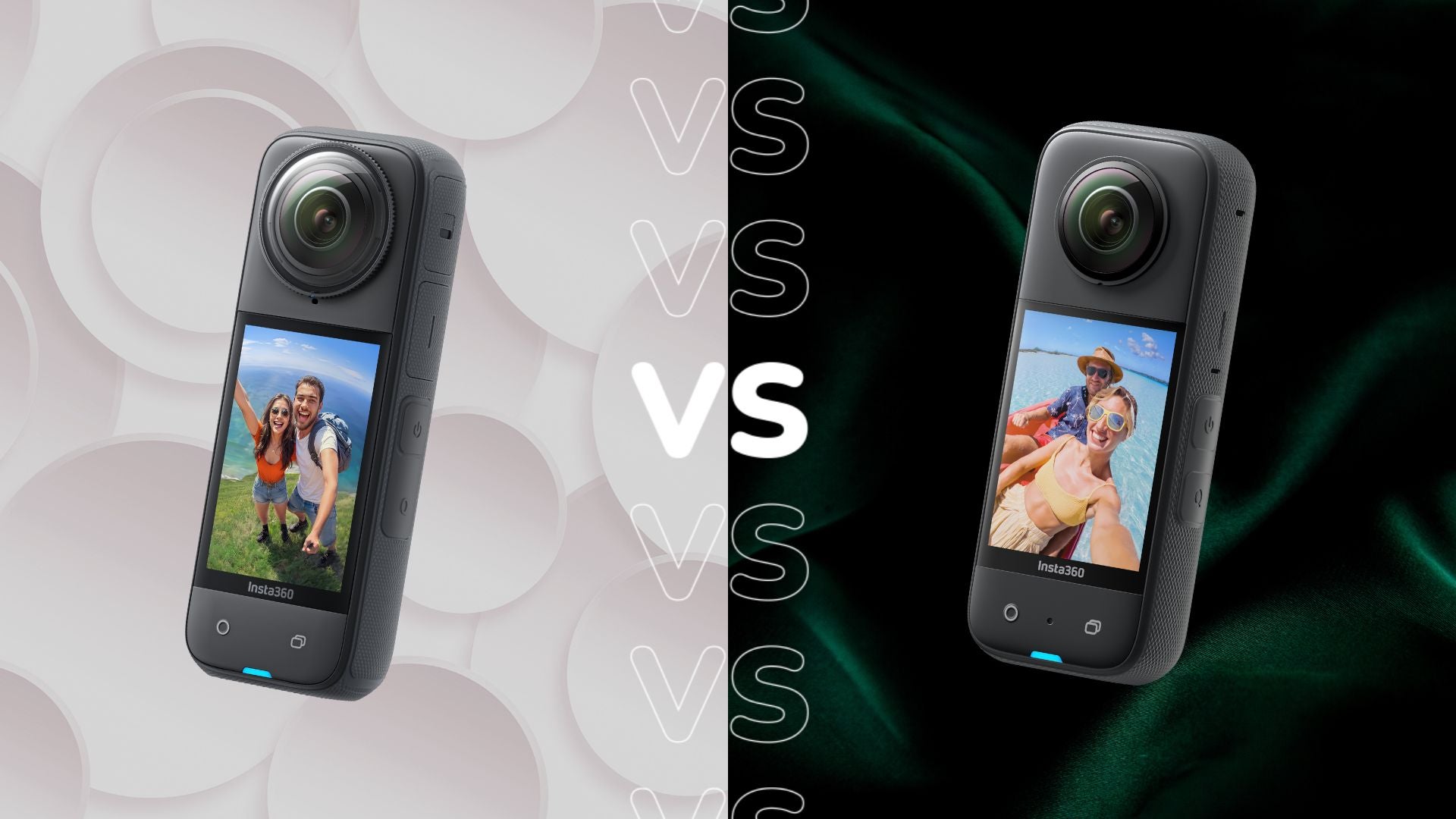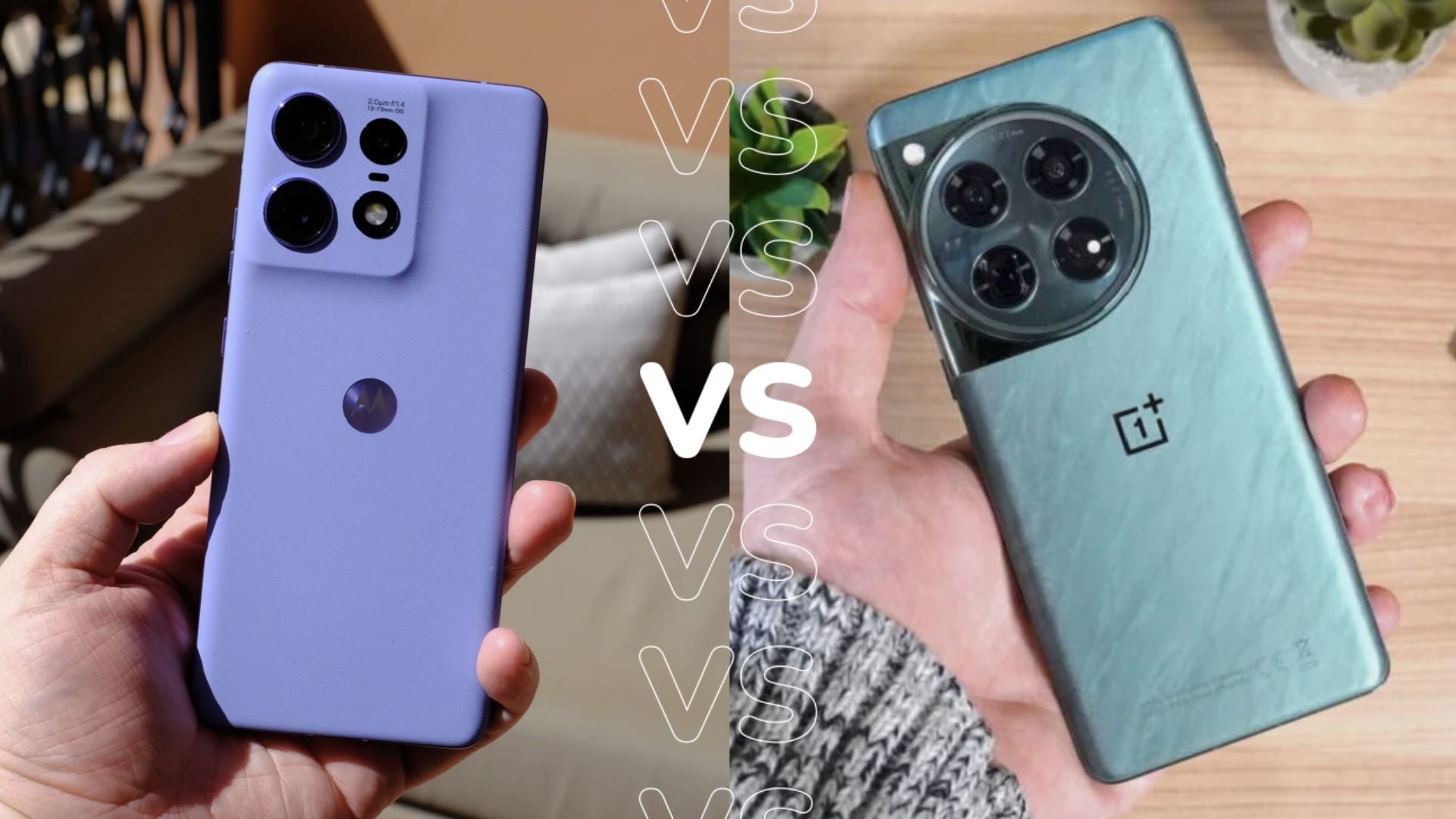Xiaomi 12 Pro vs Pixel 6 Pro: Which is better?
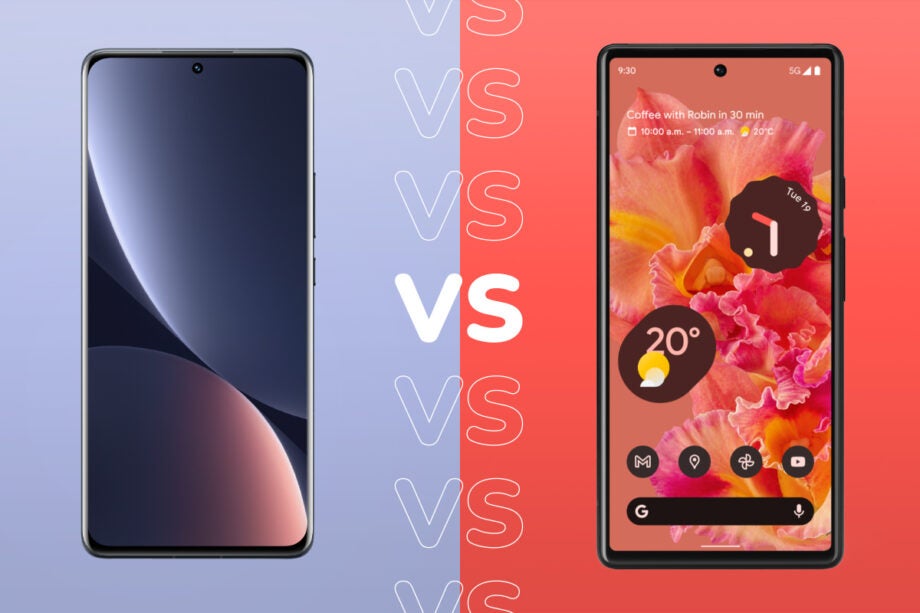
With the official launch of the Xiaomi 12 Pro, you may be wondering, how does it stack up against the latest Google flagship, the Pixel 6 Pro?
The Xiaomi 12 Pro has finally been revealed to the public in all its glory. And since Xiaomi has released its latest flagship handset, it’s time to compare it to the other goliath phones out there, like Google’s flagship Pixel 6 Pro, which was one of our favourite handsets when we tested it last year.
So, without further ado, how does the Xiaomi 12 Pro compare to the Pixel 6 Pro? Keep reading to find out how they compare.
Make sure to check back in with Trusted Reviews over the coming few days, as we will be offering up our definitive verdict on which phone is better after we will be fully review the Xiaomi 12 Pro. As of right now, the Pixel 6 Pro is the only one of the two that has been fully reviewed by our team of experts.
Pricing and availability
Starting out with what we already know, the Pixel 6 Pro came out in October of last year and comes in two variations, which are listed below:
- 128GB storage and 12GB RAM for £849
- 256GB storage and 12GB RAM for £949
Moving onto the Xiaomi 12 Pro. The handset will launch in the UK in April, with more information on the pricing coming in the next few weeks. There are two variants listed:
- 128GB storage and 8GB RAM starting at $999
- 256GB storage and 12GB RAM
We will be sure to update this article when we know of the UK and European full pricing.
Design and display
Since Xiaomi is the newest phone, we will start there. Coming with a 6.73-inch AMOLED display, it has a 120Hz adaptive refresh rate and a 16,000 level brightest adjustment, according to the company. This on paper means it should be able to adjust its brightness to more specific levels than most handsets. Though you’d only really get any benefit from this watching video content that had been mastered to take advantage of the tech. We’ll be curious to see how beneficial this actually is when we put the Xiaomi through our full review process.
Xiaomi has claimed that the 12 Pro has a peak brightness of 1,500 nits and a contrast ratio of 8,000,000:1, with a resolution of 3200×1440. This is an impressive feat, as most phones struggle to get past 600 nits, though the 1,500 figure will only be activated when you’re engaging in specific activities, like HDR content.
You can buy the latest Xiaomi flagship in Gray, Purple and Blue, with the panel on the back of the phone looking sleek and monochrome.
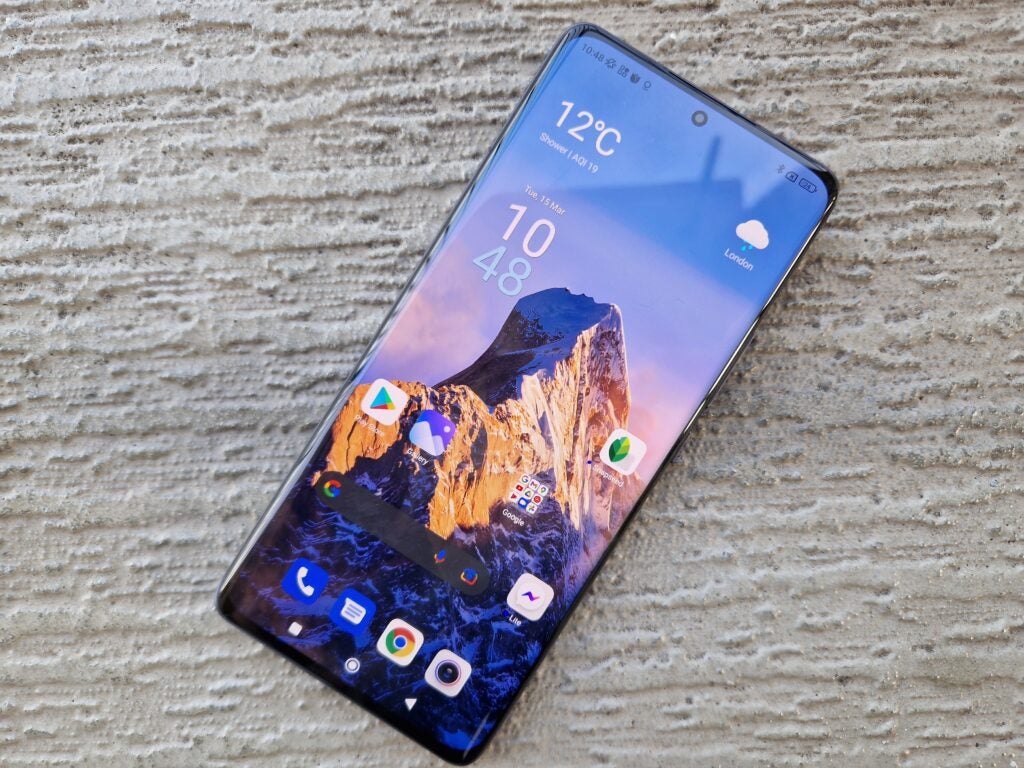
Switching over to the Pixel 6 Pro, it features a 6.7-inch LTPO OLED display that packs a 1440×3120 resolution. It has a 1,000,000:1 contrast ratio and HDR support, though Google does not disclose the 6 Pro’s peak brightness.
However, during testing we detected its day-to-day max brightness using the manual slider control to be around 500 nits. This isn’t its max brightness, as that only activates during specific tasks, like very bright scenes in HDR mastered movies. It’s a respectful day-to-day peak brightness that makes the Pixel more than useable in everything but the most difficult conditions, like direct bright, sunlight.
The Pixel 6 Pro also has a 120Hz adaptive refresh rate, with the LTPO panel running as low as 10Hz to save battery while you’re engaging in less intensive tasks.
The Pixel 6 Pro comes in three separate designs, Sorta Sunny, Cloudy White and Stormy Black, though you can only get the first two colours in 128GB, so you will need to stick with Black if you want the higher storage option.
Comparing each display, since the design is a little too subjective, the Xiaomi 12 Pro packs an ever so slightly larger screen that should be brighter than the Pixel 6 Pro.
In our hands on with the Xiaomi 12 Pro, our Mobile Writer Peter Phelps noted how smooth scrolling through applications was, with great visuals while watching media and a bright display.
The Pixel 6 Pro does still have a great screen, however, with many of the same features, it seems that the intense brightness of the Xiaomi 12 Pro could bring it out on top, even if it’s not by much. We’ll have to check the stats with our lab’s colorimeter to confirm this though.
Camera
The camera set up for the Xiaomi 12 Pro is pretty impressive; there is a 50-megapixel wide-angle camera that’s capable of 8K recording, with an aperture of f/1.9.
There is also a 50MP ultra-wide-angle camera that has a 115-degree field of view and an f/2.2 aperture, alongside a 50MP telephoto camera with an f/1.9 aperture.
There area a couple of camera features, including HDR recording, Xiaomi ProFocus and Motion Capture as well as Night Mode. The selfie camera comes in at 32MP, with HDR10+ recording supported and AI portrait video.
Switching back to the Pixel 6 Pro, there is a 50MP wide-angle camera with an f/1.85 aperture and a 114-degree field of view, as well as a 12MP ultra-wide-camera with an aperture of f/2.2. Finally, there is a 48MP telephoto camera with an f/3.5 aperture that is capable of 4x optical zoom and Super Res Zoom with telephoto up to 20x.
The rear camera can record 4K video at 30fps, and 1080p videos at 30/60fps, with a front-facing camera that sits at 11.1MP and fixed focus.
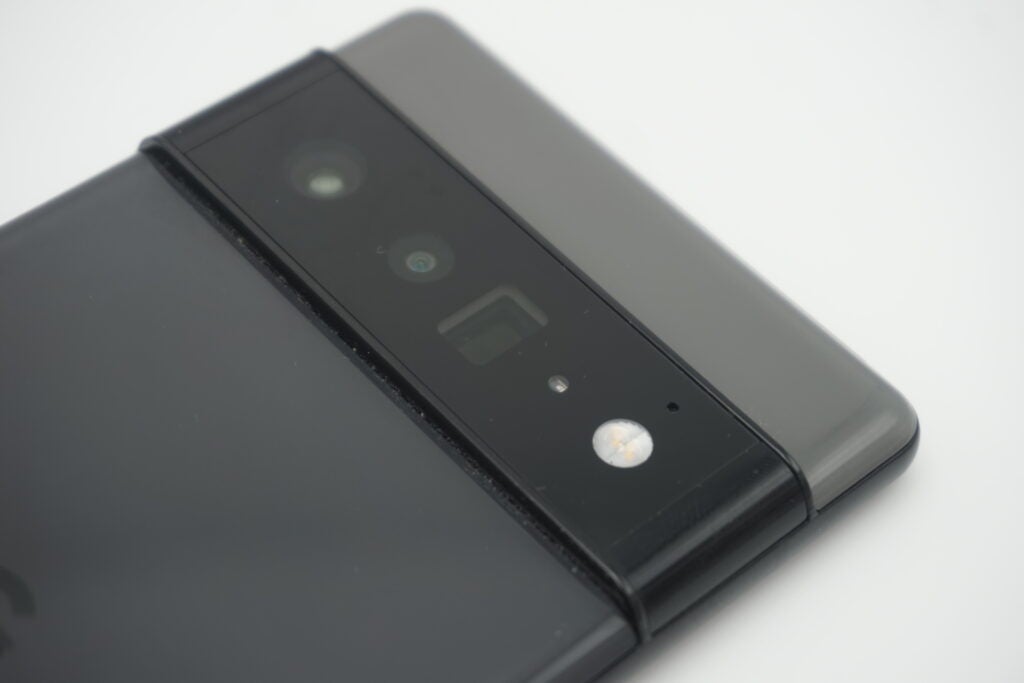
In terms of features, it also looks like the Pixel 6 Pro wins out, with Real Tone better capturing darker skin tones accurately in photos, and Magic Eraser, which is capable of erasing photobombers in your pictures. There are also other common features, such as Night Sight, Portrait Mode and Live HDR+.
Overall, while the Xiaomi 12 Pro does offer natural-looking shots in favourable daylight conditions, according to our hands on, it’s unlikely that it will be able to beat out one of the best camera phones out there. The Pixel 6 Pro has many more camera features than the 12 Pro that allow for a better experience for consumers, and an impressive camera set-up that allows for 4K recording.
It is important to note that we didn’t get the chance to fully test out the camera capabilities of the latest Xiaomi flagship, so we can’t definitively claim that the Pixel 6 Pro wins out. We will be sure to amend our views, if necessary, once our full review is out.
Specs and features
The latest Snapdragon 8 Gen 1 processor comes packed in the Xiaomi 12 Pro, which uses ARM V9 architecture and has been made on a 4nm node, which should allow for efficient processing when compared to 5nm node chipsets.
It also runs on Android 12 and uses Qualcomm Adreno, with LiquidCool technology and LDDDR5 RAM.
Google stepped away from Snapdragon for the Pixel 6 lineup with Tensor, which is the first mobile silicon made by the company. It features a Titan M2 security processor and in our review, we noted that everyday apps run instantly and that we could comfortably edit pictures in Photoshop without issue.
In the same vein as the Xiaomi 12 Pro, the Pixel 6 Pro runs on Android 12, with both handsets coming in either 128GB or 256GB variation, although the 12 Pro has less RAM in the 128GB variation, at 8GB, not 12GB.
You can check out the full breakdown of the specs just below:
Specifications comparison
Below you can see a full breakdown detailing how the Xiaomi 12 Pro and Pixel 6 Pro compare at a technical level.
Early verdict
While it’s still too early to definitely claim anything right now, it looks like the Pixel 6 Pro will stay on its throne as one of the best smartphones. Both phones seem to have very impressive cameras, but with better recording abilities and more features, the Pixel 6 Pro wins out.
The design aspect will depend on your personal preference, and of course, we haven’t been able to test out the full capabilities of the Xiaomi 12 Pro, but we’re hedging our bets and saying that the Pixel 6 Pro is more impressive.
Be sure to check back in with trusted Reviews as we will be posting updates on all the latest Xiaomi 12 Series releases.



